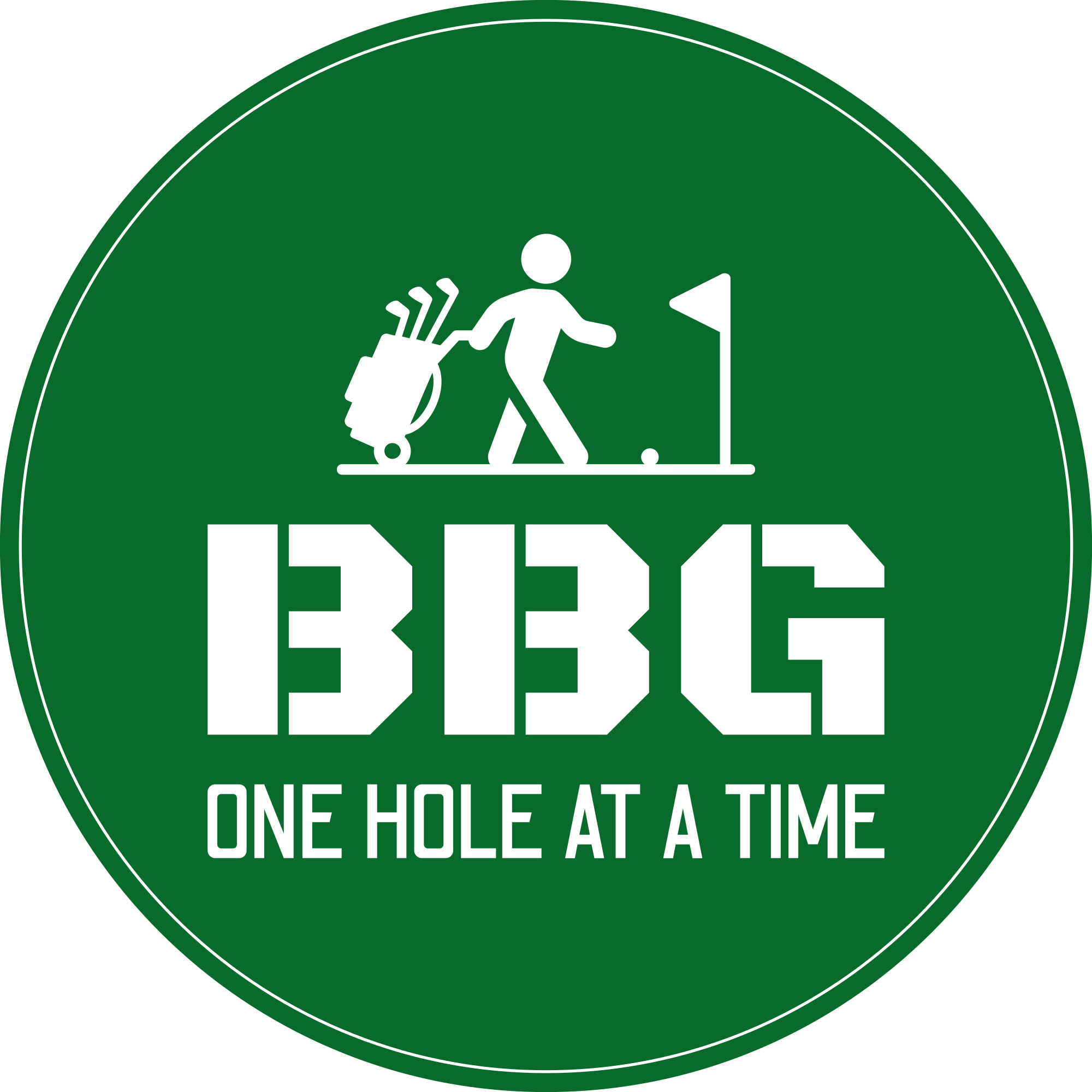By just hitting, making better contact, and striking the ball better, you can knock 4 strokes of your round total.
That’s not even including the extra shots you will save from having better putting opportunities from getting it close.
Golfers often get so caught up in driving the ball or putting and will completely ignore working on the shots that happen in between.
Most coaches and course pros will tell you how important approach shots are as you chase lower scores.
Amateur golfers will typically hit the ball to within 40 feet of the flag on average.
How many 40-foot putts can you remember making?
By hitting inside this 40-foot radius more often, you’ll be snapped up by LIV Golf in no time, just remember who helped you get there.
(I wouldn’t say no to some free tickets!)
Keep reading to find out why they’re so important and how you can structure a better approach shot strategy.
What Is An Approach Shot
Approach shots are when you attempt to strike your golf ball and land it on the green.
These shots can be hit from the fairway, rough, trees, or bunkers, but hopefully, you’re playing from the fairway…
When you’re playing a Par 3 hole, your tee shot doesn’t count as a golf approach shot… because it’s off the tee.
However, if you tipped the ball off the tee for your first shot, then you’re second shot would be classed as an approach shot.
These shots happen more frequently on Par 4s & 5s.
Par 4 approach shots will ideally happen after your drive if everything goes well. But mistakes happen, so it could easily be on your 3rd shot, too.
Then on Par 5s, it would be your third that counts as an approach shot or if you’re a big hitter, you can go for it in two… must be nice.
Why Approach Shots Are Important In Golf
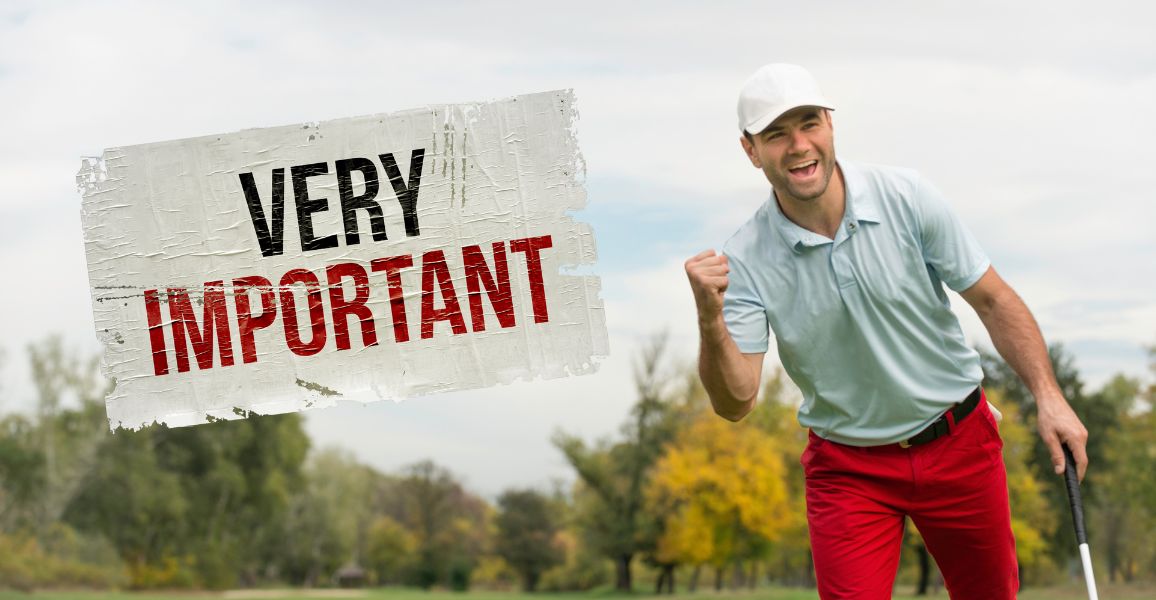
Golfers who want to drop shots from their scorecard every round should improve approach shots.
(Or get yourself a magic pencil!)
You may get blindsided by only working on hitting better drives or by improving your putting.
Nothing wrong with that, especially if you’re lacking in one of those areas.
However, if you were to ask a coach or pro golfers what area of the game would have an equal impact on all skill levels, they would say better approach shots.
This is because you can crush your drive or be the best putter in the world.
But it means nothing if you can’t get on or close to the green in regulation.
If you dial in this aspect of your game while your buddies are crushing drives at the range, you’ll be outscoring them in no time.
Tips To Hit A Better Approach Shot
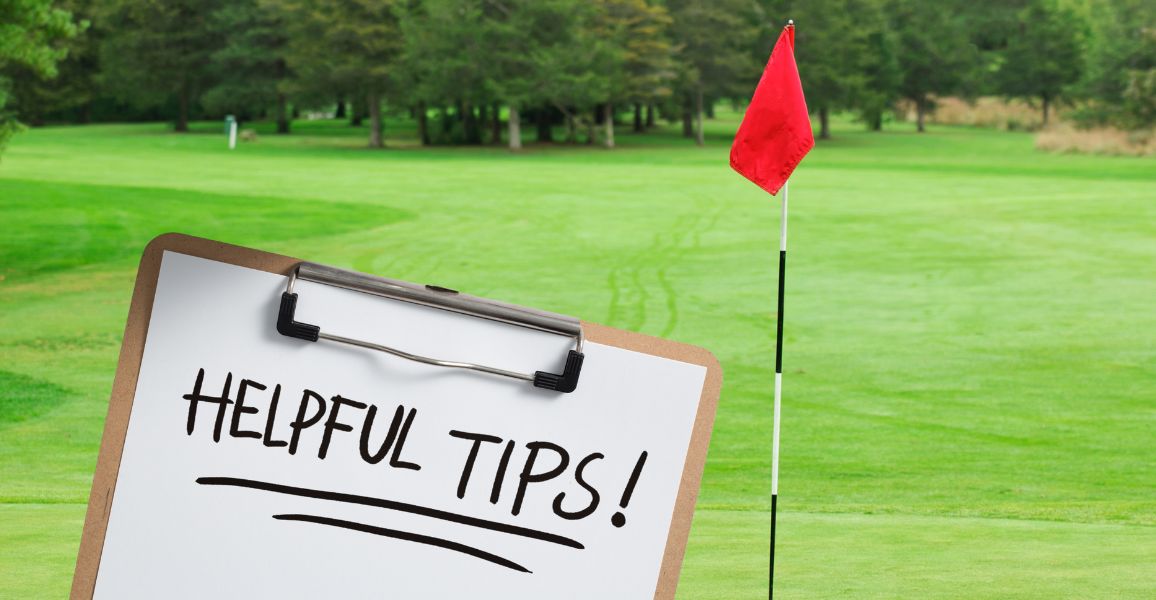
Know How Far You Can Carry With Each Club
Hitting better shots into the green will become way easier if you know how far your carry is with every club.
It’s important to note we’re not talking about your max carry with a club but your average.
Nobody cares if you hit a 7-iron 190 yards one time, what do you hit it most of the time iss all that matters.
If you selected the right club number and your ball landed pin high (to the side of the flag stick), even if you were right of it by 6 yards, you still have a makeable putt.
However, if you missed 6 yards to the right and came up short of the hole by 10 yards, that putt is not as makeable.
It would be useful to find a range with a launch monitor system you can use to find your averages.
Don’t Aim At The Flag Every Time
Strap yourself in for this one…
You shouldn’t always aim for the flag stick unless the greens are soft from heavy rain.
Going for the flag can cause big scores instead of low ones sometimes. Even the best players don’t go for it every time
This comes down to your shot dispersion and plain old course management.
The best golfers’ shot dispersion is smaller than most golfers.
If they aim for a specific target, their left or right misses will be less severe.
It doesn’t make sense to go right at a flag that is right at the edge of the left side of the green.
For example, the flag has about 3 yards of room to its left and 30 yards to the right.
So a small draw or gust of wind can blow your ball 3 yards to the left, leaving you with a short-sided chip with no green to work with.
This will put your chipping skills to the test, as pros can’t even stand these chips.
Now, imagine you aimed right off the flag by a few yards, that little draw or gust of wind may have landed your call at the flagstick.
Or, at the very least, on the green with a solid chance at making your putt.
This small tweak to your game plan can make a huge difference to your end score.
Obviously, if the flag is in the center of the green, then go straight at it, but greenskeepers are rarely that nice!
Know Where Your Misses Are Likely To End Up
Every golfer has their own problems on the golf course. Some have a slice, others have a hook, and if you’re unfortunate, you always hit the golf ball fat.
But every golfer has an idea of where their misses will end up if they’re to happen.
Using your misses to your advantage sounds weird, but it has to be done.
What I mean by this is if you know 70% of the time your shots will end up right off the target, then you need to aim further left and stop expecting the ball will go straight.
Aiming left gives you a higher chance of hitting the green than aiming straight for the target and hoping for a straight shot.
Always play the percentages!
Practice Swings Should Be Identical To The Shot
When you are taking your practice swing, you’re really building confidence in your ability to make the shot.
This is why it’s important you treat your practice swings as if they were the shot you are trying to hit.
For example, if you are waggling and putting little effort into your practice swings, you haven’t prepared your mind or body.
Make every swing count as you brush the fairway grass with your follow-through, visualizing the golf ball flying out and landing exactly where you want it.
Then step up and do it for real.
Practice swings are key to a Great Pre Shot Routine.
Take Into Account The Slopes Of The Green
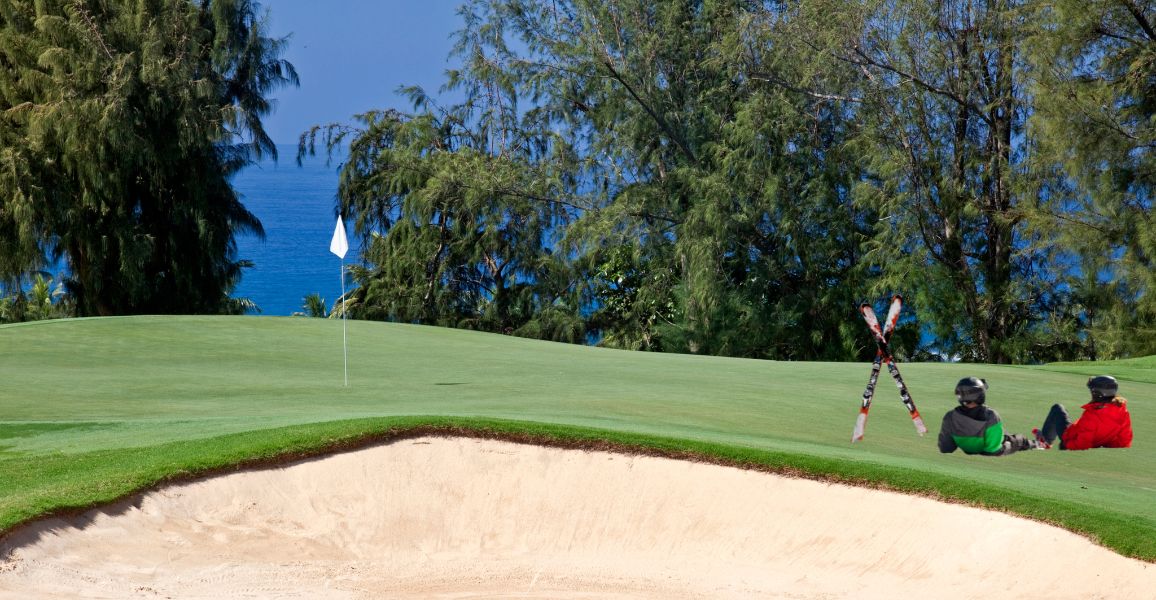
How often have you played a golf hole with a perfectly flat green? Probably never.
Most greens have slopes, meaning that you might get the ball to land on it, but the slope will decide where it ends up.
It’s not always clear to see what the greens are doing from the fairway or rough, but if you can notice a large break from left to right, keep that in mind when aiming.
Aiming a small bit left to account for the extra run to the right side of the green could be the difference between a two-putt and getting it done in one.
Never Leave Your Shot Short
The majority of the time, weekend golfers miss the green because they come up short most of the time.
Club selection is vital, and more often than not, golfers go for a club based on the distance they can hit with that club if it comes off flush.
Unfortunately, it doesn’t come off flush every time, so you must allow for some mishits.
A good strategy is to use the middle and the back of the green to select your club instead of the front and middle.
Golfers rarely miss off the back of the green; in the long run, you will hit way more greens this way.
Going that bit longer allows for times we don’t strike it as well and mishits.
Your Ball Position Matters
Hitting your approach shot into the green and missing doesn’t always mean that your swing was off.
Sometimes, it comes down to where you position your ball in your stance.
Having your ball too far forward could result in you hitting a slice, and too far back can have you hitting some nasty hooks.
So before you start pulling your swing apart, make sure you have the basics down.
The center of your stance is for your wedges and higher-lofted irons.
Then, you gradually increase how close the ball moves to your lead foot as the clubs get higher.
Check How Level Your Lie Is
Your lie level will help you select the correct club and adjust your aim.
Depending on how your drive went, you could be blessed and have a fairly flat lie, which means you can carry on with your shot as normal.
However, everything changes if the ball is above or below your feet.
When the ball is above your feet, it will push your ball further left of your target line and further right if it’s below your feet.
Knowing this, if you aim a little more left or right to compensate for your lie, you give yourself a better chance of hitting the green.
Practice On Actual Turf Instead Of Matts
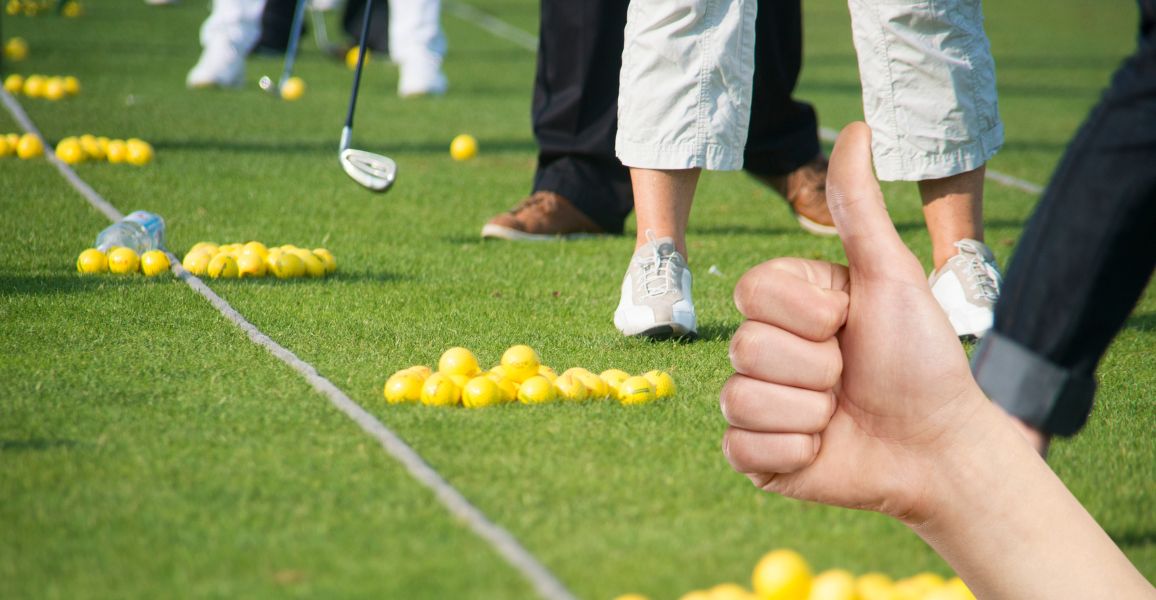
Try to go to a range that you can hit off-turf whenever possible.
Hitting off driving range mats is fine, but mats can be more forgiving when it comes to mishits.
This is why golfers get confused when they hit so well on the range but not the course. The answer has always been right under their own feet!
Matts gives you the perfect lie all the time.
Even on shots that you hit fat because they are so solid, the club will travel across the mat, making contact with the ball.
But on the course, this doesn’t happen, the club digs into the surface, and a bad shot happens as a result.
This is why it can be a game changer for you to find a range with bays with natural turf to imitate an actual approach shot.
Need more tips when it comes to your approach game? Checkout the below article:
